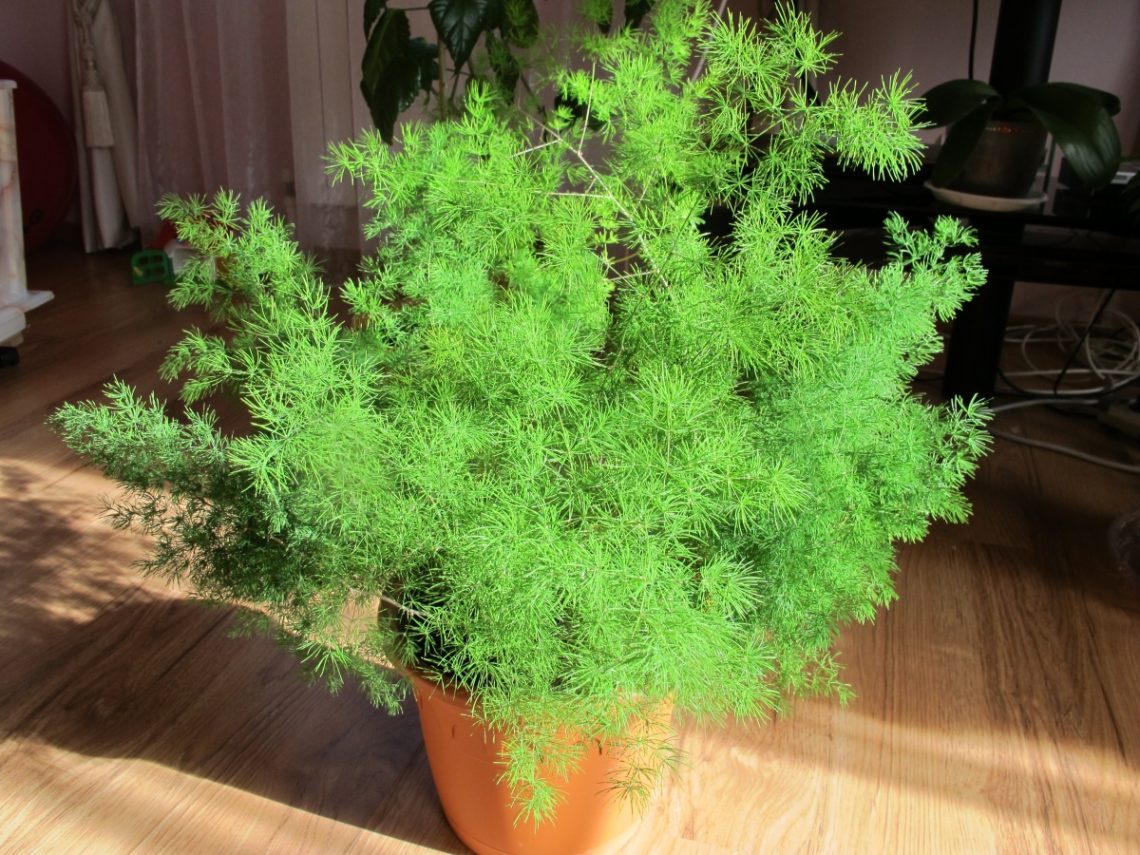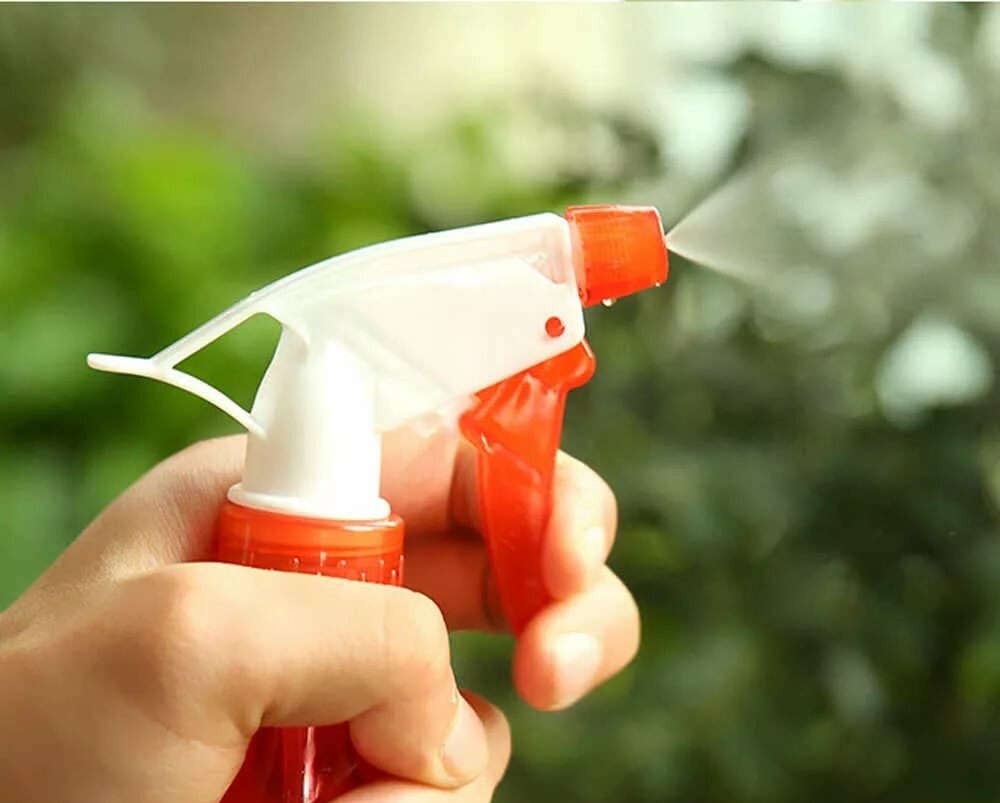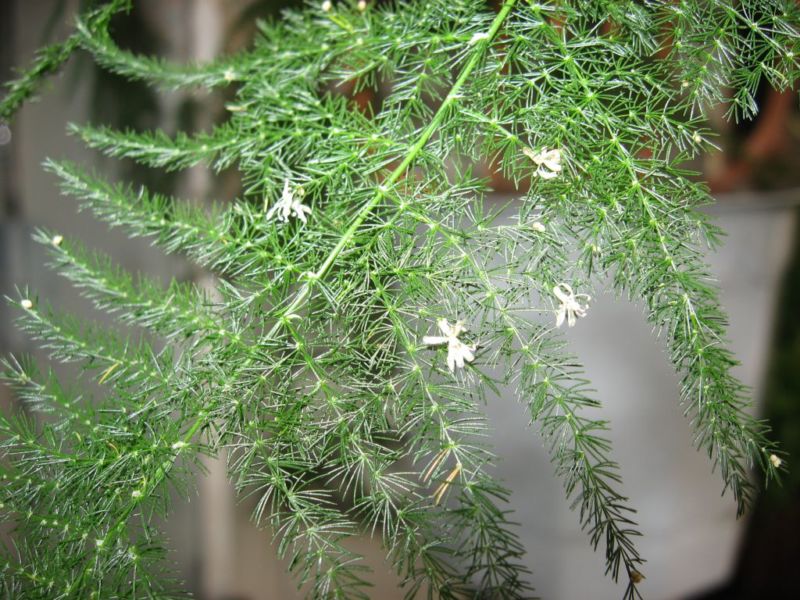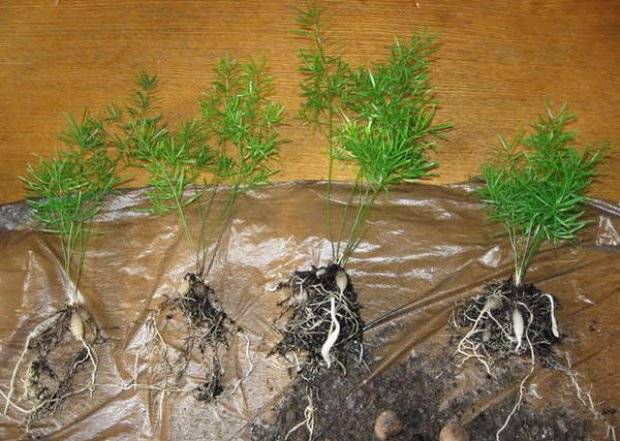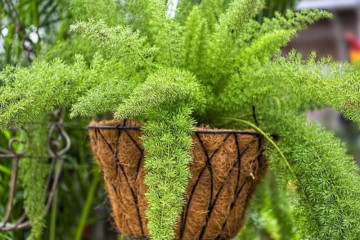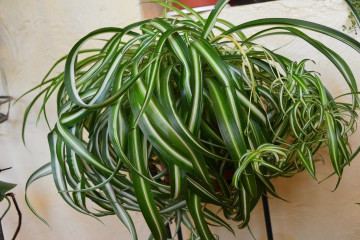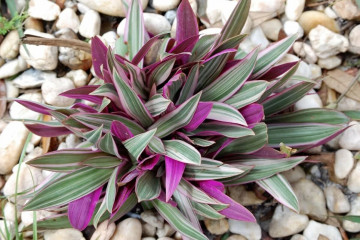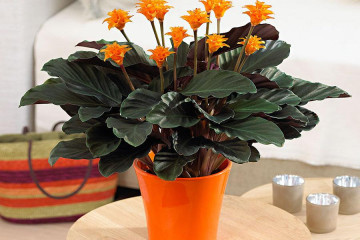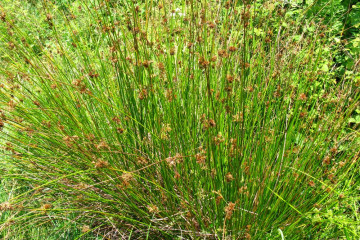Asparagus pinnate - home care
Content:
Asparagus pinnate is popular in home gardening and indoor floriculture. It is especially loved by Feng Shui fans, who believe that the plant is able to take away all negative energy and prevent depression.
What does the asparagus Feathery look like, which family does it belong to?
Asparagus plumosus, or pinnate (Asparagus plumosus) - evergreen perennial plant, belongs to the Asparagus family. Has a dense crown with many thin branched shoots. Foliage brings a special decorative effect, small plates are reduced and expressed in scales. Due to its unusual appearance, asparagus is popularly called the "spider web".
Common varieties
The most common and well-known varieties are:
- Meyer is a compact shrub with a branched crown;
- Crescent - grows in the shape of a liana and reaches a length of 5 meters;
- Sprenger is a low asparagus with long creeping branches and small paniculate inflorescences.
Healing properties
The content of beneficial elements in asparagus is almost identical to that of asparagus. Among the medicinal properties of the feathery variety are:
- normalization of the gastrointestinal tract;
- reduction of migraine headaches;
- removal of excess water and toxins from the body;
- removal of inflammatory processes.
Briefly about the history of appearance
Wild plumosus is found naturally in humid African forests. Like other species of asparagus and other asparagus plants, they were exported by botanical scientists to Europe, from where they spread throughout the world.
Features of caring for a flower at home
During its history, the ancient plant has managed to adapt to many environmental conditions, so the care of asparagus pinnate at home is easy to implement.
Temperature
During the growing season, the optimum temperature for the content is 20-25 ℃. Do not deviate from this temperature regime, otherwise the bush may get sick. In winter, a slight coolness is required - from 14 to 17 ℃ above zero.
Lighting
It is best to keep the plant at home in west or east windows, as the plant prefers moderate lighting. In the summer, it is useful to take the pot outside, but hide it from direct sunlight.
Watering
Asparagus is a moisture-loving plant, so frequent and abundant watering is necessary. Usually the plant is watered 3 times every 7-10 days. With the arrival of dry summer days, the frequency of watering increases.
Spraying
It is imperative to spray the bush, especially during winter heating and hot summer days. In winter, it is better to remove the plant altogether away from the heating pipes.
Humidity
For the normal development of asparagus, high humidity is required - at least 80%. This criterion, together with abundant watering, is the main one when caring for a bush at home.
Priming
To grow the plant, you need a humus-based potting mix, which is best purchased from specialized stores. At home, it can be prepared by mixing loose turf soil with humus and river sand.
Top dressing
Top dressing is carried out twice a month with complex fertilizers intended for Asparagus crops. You do not need to fertilize asparagus during rest.
Features of care in winter, dormant period
Closer to autumn, they gradually begin to lower the temperature and reduce watering. Lighting should also be shaded, and feeding should be stopped altogether.
When and how it blooms
If you properly care for the Pinnate Asparagus, then it should bloom in the 6-8 year of its life.
Types of flowers
Small white flowers form single inflorescences. They are located throughout the crown of the bush.
Flower shapes
The flowers are very small in size - no more than 1 centimeter in diameter. They are star-shaped and consist of 6-10 white petals.
Flowering period
The bush begins to bloom at the end of May or with the arrival of summer. This process lasts from 2 weeks to 1.5 months, depending on the conditions of detention.
Changes in care during flowering
During the flowering period, you should try not to disturb the bush unnecessarily. Stop feeding with nitrogen-containing preparations altogether.
Pruning
You should not cut the plant to form a crown, this can provoke a stop in the development of the stems. Only dried shoots need to be removed.
How does pinnate asparagus reproduce?
The feathery asparagus can reproduce in several ways: by seeds, cuttings, and by dividing the bush.
Germinating seeds
For sowing, it is better to purchase planting material from a trusted seller. Each seed is buried in a nutritious moisturized substrate. The procedure is recommended to be carried out at the end of January or February. A box with seedlings is placed in a lighted place and covered with foil. In the process of growth, the seedlings are periodically ventilated and watered.
Rooting cuttings
The most popular and easy-to-use breeding method. In the spring, cuttings are cut from the extreme branches with a length of at least 8 centimeters. Then they are buried in a wet substrate or sand. The container with a cut should be placed in a bright place at a temperature of 20 to 25 ℃ above zero.
Other options
Asparagus can be propagated by dividing the mother bush. The procedure is performed with the necessary plant transplant. Take the asparagus out of the pot and carefully divide it into several equal parts, each of which is planted in separate containers.
Transfer
It is necessary to transplant the bush only when absolutely necessary, since it reacts poorly to such a procedure. An asparagus transplant is carried out only when infectious diseases appear, when it is necessary to propagate the bush and when the root system grows, as a result of which it becomes necessary to change the growing container.
Possible growing problems and diseases
If you properly care for asparagus, then it practically does not cause trouble and does not get sick.
Drops buds and leaves
Falling leaves rarely disturb the asparagus, however, if a problem occurs, then the air in the room is not humid enough.
Leaves turn pale
The tarnishing of the bush is due to a lack of lighting and feeding. Depleted soil constantly needs to be nourished with minerals, especially during the growing season.
The tips of the leaves dry
Drying of the tips of the foliage occurs due to dry air and the appearance of some pests that suck the juices from the stems.
The lower leaves fall
This problem is the most dangerous of all of the above; if left untreated, the bush may die. Lower leaves and shoots fall off due to over-watering and root rot.
Pests
Among the pests, the most common troubles are delivered by:
- spider mite;
- aphid;
- thrips.
It is necessary to treat the bushes with chemicals, but asparagus reacts negatively to some of them. Therefore, it is most effective to start treatment already at the first stages of the manifestation of pests.
Other problems
Asparagus often turns yellow, which indicates an increase in temperature and prolonged exposure to direct sunlight.
Signs and superstitions
Asparagus pinnate is popular in the teachings of feng shui, according to which the flower is able to remove all negative energy from the house. It is believed that it brings peace and tranquility, prevents conflicts among household members.
But if the plant dies sharply, then this is a very bad omen, which means the imminent death of someone from the family and friends of the owner of the bush.
Asparagus pinnate is an exotic tropical plant that has long since migrated to apartments and houses as indoor plants. The shrub is easy to care for, propagate and transplant. It has many medicinal properties.
